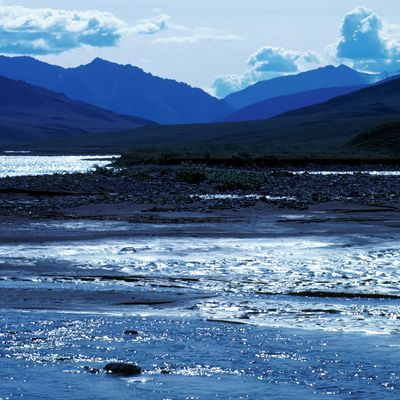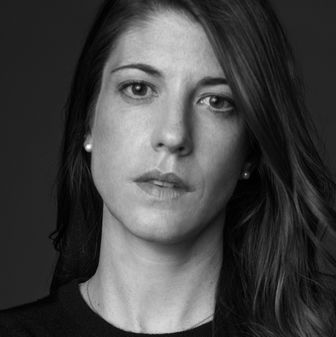
According to the U.N., low-income women are the most vulnerable to the effects of climate change. Globally, women are disproportionately affected by poverty, have less financial independence, and are more dependent on natural resources for their livelihoods.
In the United States, indigenous groups are the most likely to be impacted by a changing environment. A report from the National Wildlife Federation suggests indigenous groups will be the most affected by droughts, wildfires, and flooding.
But, according to Ms. Magazine, a handful of grassroots, female-backed indigenous organizations such as Resisting Environmental Destruction on Indigenous Lands (REDOIL) are driving the conversation around the need for renewable energy on tribal lands.

REDOIL works with hundreds of individuals across Alaska to preserve the natural landscape. They are currently focused on protecting the Arctic Ocean, the Beaufort Sea, and fighting to prevent oil drilling in the Arctic National Wildlife Refuge. Several years ago they purchased a wind turbine for Kaktovik, an indigenous community in northeastern Alaska.
“We are on the forefront of climate change and these areas need to be protected for indigenous people in Alaska to survive,” Faith Gemmill of REDOIL tells the Cut.
“All of our work is we promote renewable energy at the local, national, and international level because that is vital for the survival of all of humanity,” Gemmill continues. “We have to shift our energy use now.”
Read the full Ms. story here.





